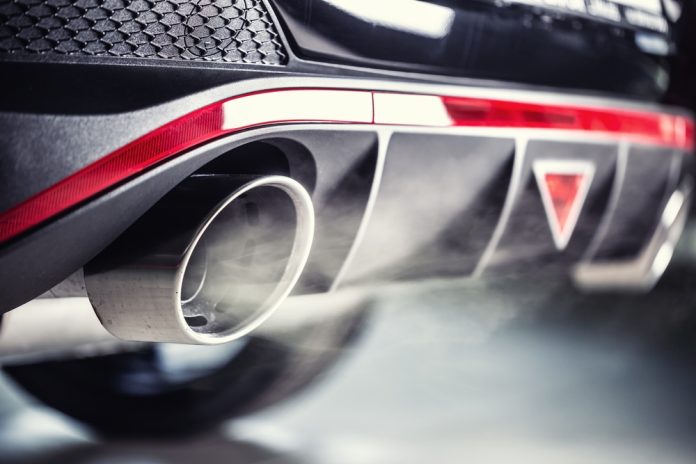The European Commission has introduced a crucial amendment to vehicle CO2 emissions rules.
The new performance standards for new cars and vans will allow manufacturers greater flexibility in meeting vehicle emission targets between 2025 and 2027.
This proposal, part of the Industrial Action Plan for the European automotive sector unveiled on March 5, 2025, seeks to balance sustainability goals with industry realities.
Commenting on the proposal, President of the European Commission, Ursula von der Leyen, said: “Our highly innovative automotive industry is decarbonising to contribute to the fight against climate change, but also to maintain its competitive edge on the world markets.
With today’s initiative, we grant more flexibility to this key sector, and at the same time, we stay the course of our climate goals. Together, we want to prove that decarbonisation and competitiveness can go hand in hand.”
Three-year averaging to ease compliance burden
Under the new framework, automakers will be assessed on their vehicle CO2 emissions performance over a three-year period rather than annually.
This means that any excess emissions in one year can be offset by outperforming targets in subsequent years.
The goal is to provide the industry with stability while still adhering to the 2025 emission targets and keeping the transition to zero-emission mobility on track.
A strategic step towards 2050 zero-emission goals
The amendment stems from extensive industry consultation following the launch of the Strategic Dialogue on the Future of the Automotive Industry by President von der Leyen on January 30, 2025.
This dialogue has been instrumental in shaping policies that consider both environmental imperatives and economic realities.
By maintaining long-term reductions in vehicle CO2 emissions, the EU aims to reinforce its position as a global leader in sustainable transport.
Wopke Hoekstra, Commissioner for Climate, Net Zero and Clean Growth, added: “Since the launch of the Automotive Strategic Dialogue at the end of January, we have worked closely with the industry on the road to the sector’s clean transition.
“This additional compliance flexibility shows that we have listened, understood the concerns, and are taking action to address them while maintaining our zero-emission targets. Predictability in the sector is crucial for long-term investments.”
Industry reaction: Flexibility welcomed, but more support needed
The automotive sector has largely welcomed the three-year averaging approach, viewing it as a pragmatic solution to ongoing market and geopolitical challenges.
However, industry leaders stress that regulatory flexibility must be paired with stronger incentives for electric vehicle adoption and enhanced charging infrastructure.
With battery electric vehicles (BEVs) currently making up just 15% of the market, additional measures will be crucial to accelerating the shift toward zero-emission transport.
Sigrid de Vries, Director General of the European Automobile Manufacturers’ Association (ACEA), explained: “We call on the European Parliament and Council to ensure the fast adoption of this amendment.
“The next important step is then to thoroughly assess the transformation’s overall progress, with a focus on refining the approach – not the end goal – where necessary.
“This is no less important for the commercial vehicles sector: with zero-emission trucks accounting for only 2% of all new registrations, this vehicle segment urgently needs an acceleration of the review of its CO2 standards to 2025, too, based on an assessment of the sectors’ enabling conditions.”
The Commission urges lawmakers to swiftly finalise the amendment, ensuring regulatory certainty for manufacturers and investors alike as the EU moves towards its ambitious 2050 climate goals.









